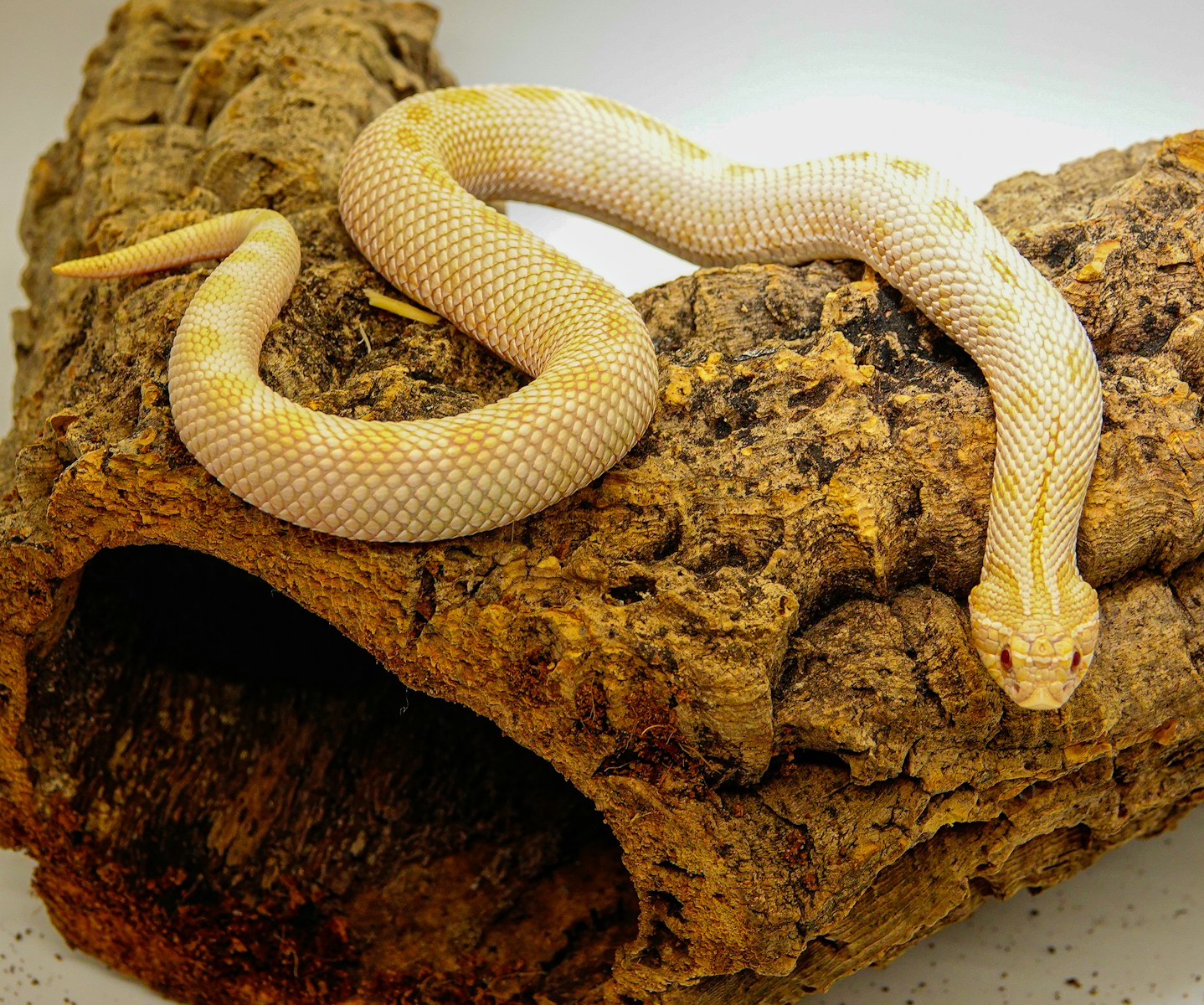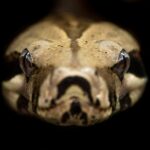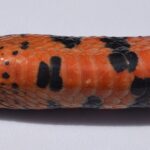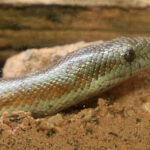Snakes, with their mysterious and often misunderstood nature, possess one of the animal kingdom’s most fascinating biological processes – the complete shedding of their skin. This phenomenon, known scientifically as ecdysis, is not just a superficial change but a complex physiological process deeply intertwined with a snake’s health, growth, and behavior. Unlike humans who continuously shed individual skin cells, snakes dramatically discard their entire outer layer in one cohesive piece, creating what herpetologists call an “exuviae” or slough. This remarkable adaptation has evolved over millions of years, allowing these reptiles to grow, repair damaged skin, and rid themselves of parasites. The shedding process influences everything from a snake’s hunting capabilities to its defensive behaviors, making it a critical aspect of serpent biology worthy of our fascination and study.
The Biological Necessity of Shedding
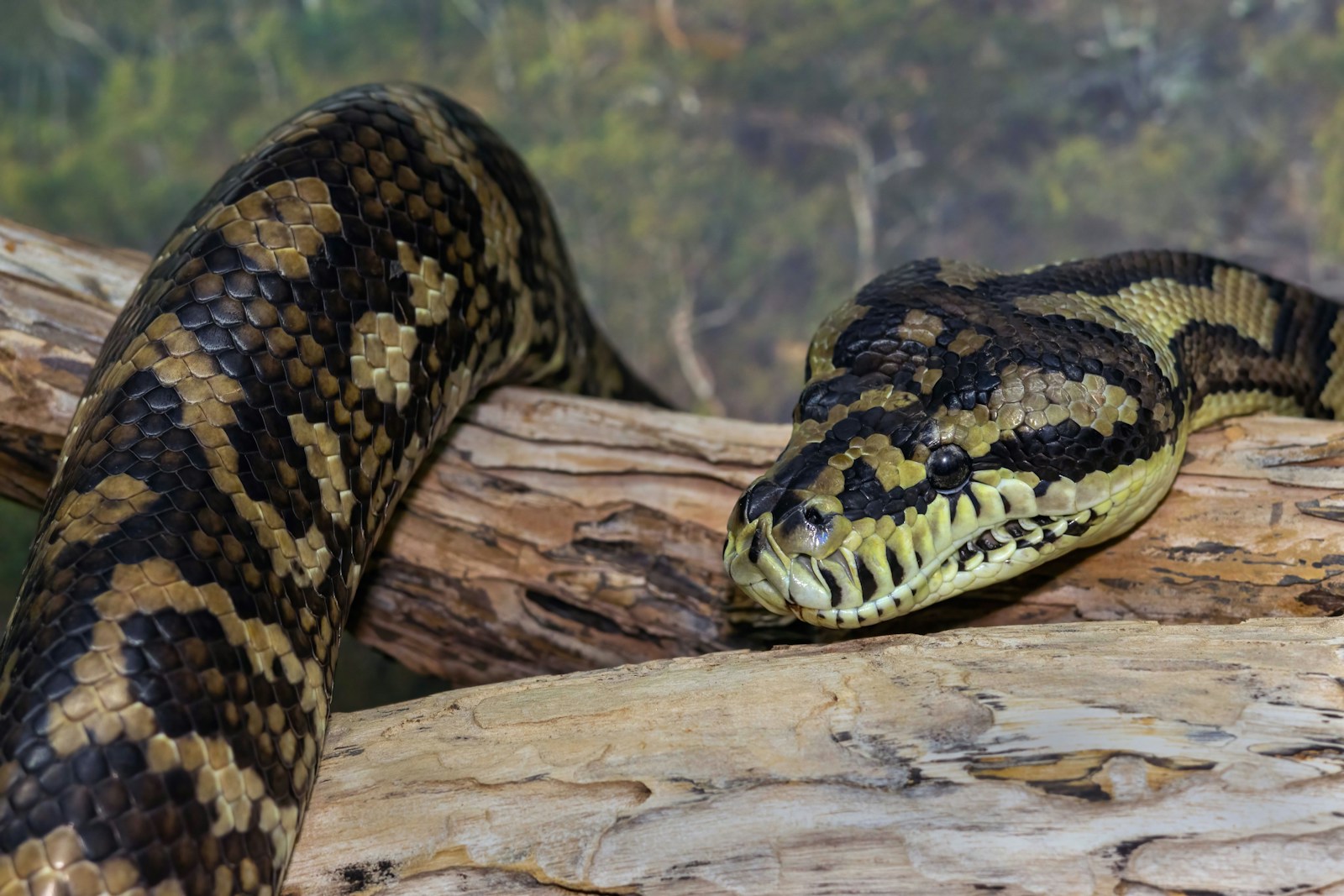
Snake shedding is fundamentally a growth mechanism, as snake skin does not grow continuously like mammalian skin. Instead, snakes must periodically shed their entire epidermis to accommodate their increasing size. Young, rapidly growing snakes shed more frequently—sometimes every few weeks—while adult snakes typically shed several times per year depending on their species and environmental conditions. This process also serves as a vital health maintenance function, allowing snakes to discard damaged skin cells, embedded parasites, and accumulated debris. Additionally, shedding helps maintain the structural integrity of specialized scales that aid in locomotion, particularly the ventral scales that facilitate the snake’s distinctive movement patterns. Without this regular renewal process, a snake’s mobility, sensory perception, and overall health would be significantly compromised.
The Phases of the Shedding Process
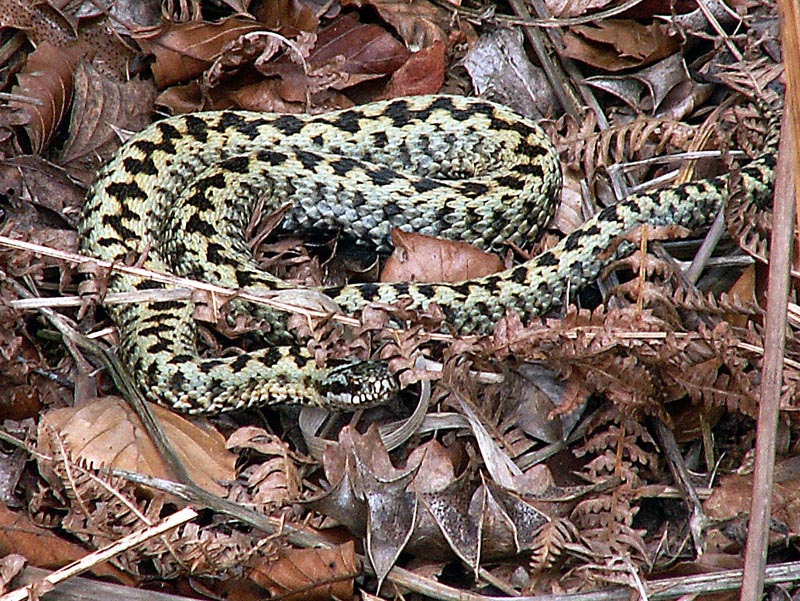
Snake shedding occurs in distinct phases, beginning with a preparatory period known as the “blue phase” or “opacification,” when the snake’s eyes turn cloudy blue due to fluid accumulation between the old and new skin layers. This phase typically lasts 1-2 weeks and signals the beginning of the physiological changes necessary for successful ecdysis. Following this initial stage, the snake enters the “clearing phase” when its eyes become clear again, indicating that shedding is imminent within 24-48 hours. The actual shedding begins when the snake rubs its snout against rough surfaces to create a tear in the skin around the mouth area. Through a series of muscular contractions and by rubbing against environmental objects, the snake gradually works the old skin backward like peeling off a sock, often emerging with the old skin completely inverted. This entire process, from initial blue phase to complete removal, can take anywhere from one to three weeks depending on the species, age, and health of the snake.
Behavioral Changes During Pre-Shed Period
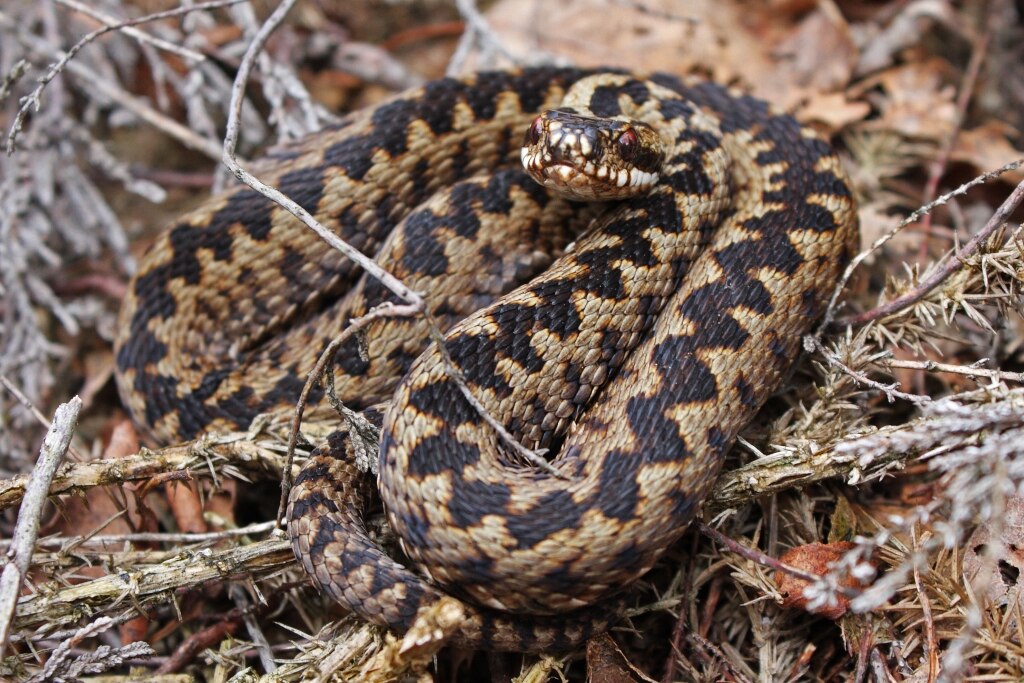
As snakes prepare to shed, their behavior undergoes noticeable changes that reflect their increased vulnerability. Most notably, many species become significantly more reclusive, seeking secure hiding places where they can remain undisturbed throughout the shedding process. Feeding habits typically change dramatically, with most snakes refusing food entirely during the pre-shed period—an adaptive behavior that prevents them from being slowed by digestion when their sensory capabilities are compromised. Snakes may also display increased defensive behaviors, becoming more irritable or prone to striking when disturbed, as their impaired vision makes them feel more threatened by potential predators. Additionally, many species increase their basking behavior or seek out humid microhabitats that will facilitate the separation of old and new skin layers, showing how environmental interaction remains crucial even during this physically demanding time.
The Role of Specialized Anatomy in Shedding
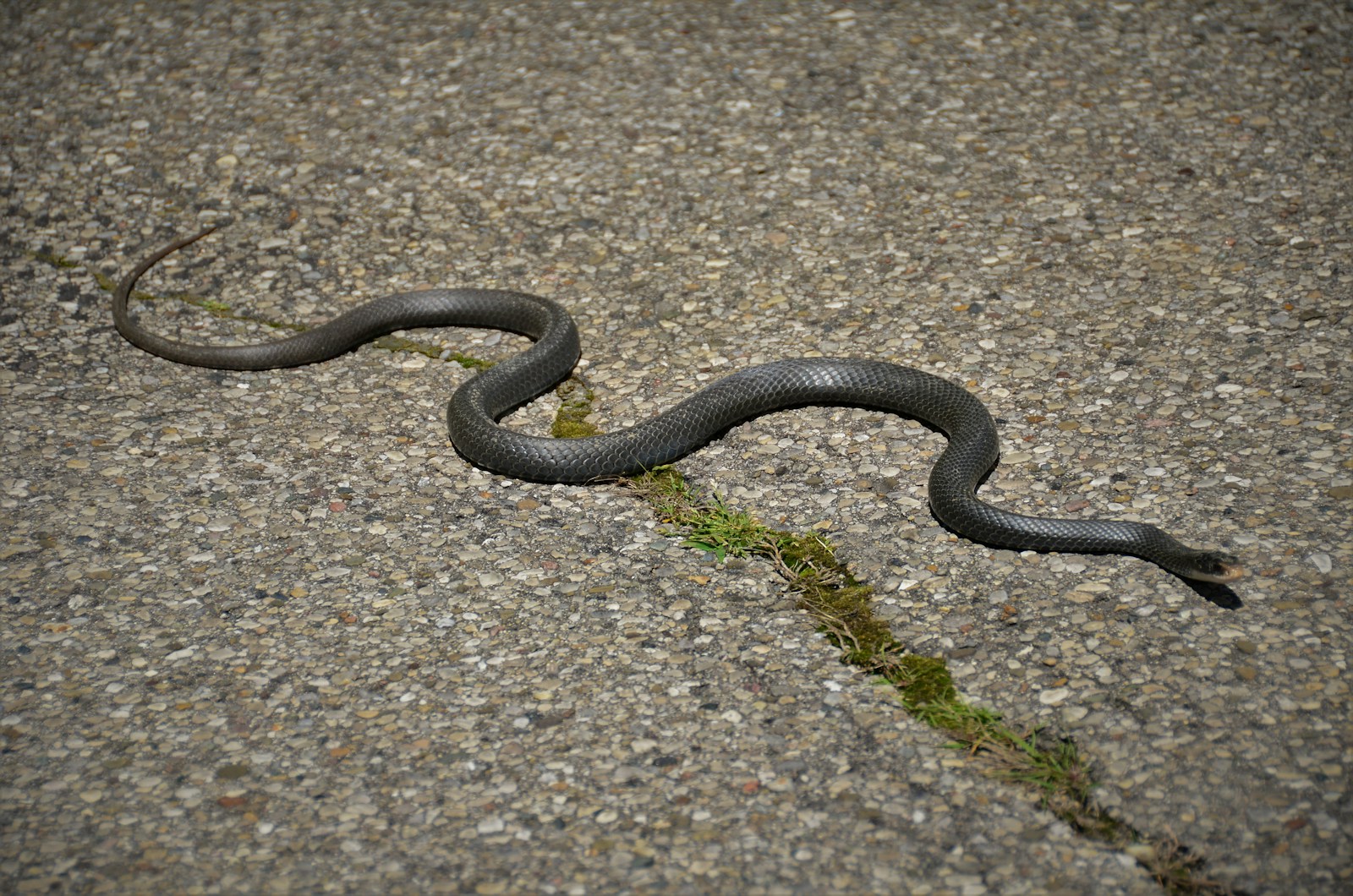
Snake skin possesses unique structural adaptations that facilitate the remarkable feat of complete shedding. Unlike mammalian skin, snake epidermis consists of multiple layers of keratinized cells arranged in a complex, overlapping scale pattern that provides protection while allowing flexibility. Beneath the visible scales lies the specially adapted Oberhäutchen layer, which serves as the separation point during shedding, allowing the old skin to detach cleanly from the new growth beneath. Specialized lipid-secreting glands between the scales produce substances that help lubricate the separation between old and new skin layers, making the physical process of shedding more efficient. Perhaps most fascinating is the presence of specialized transparent scales called “spectacles” or “brilles” that cover and protect the eyes while allowing vision—these too are shed along with the rest of the skin, temporarily impairing vision during the blue phase but ensuring complete renewal of all external surfaces.
Vision Impairment and Hunting Challenges
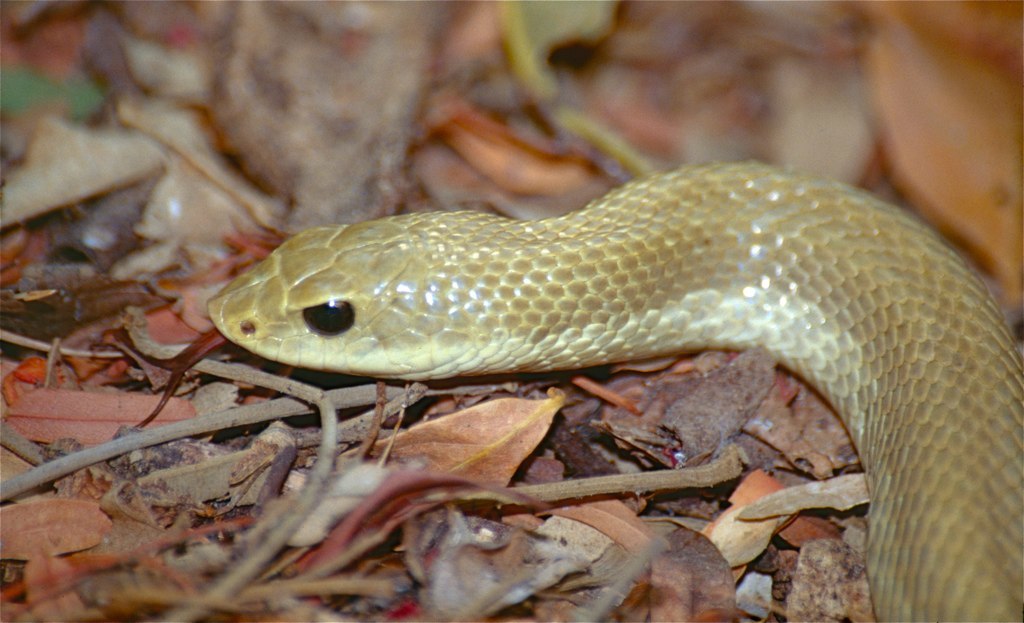
During the opacification phase, snakes experience significant visual impairment as fluid accumulates between the old spectacle scale and the new one forming underneath, creating the characteristic bluish opacity. This temporary blindness profoundly affects hunting behavior, with most species dramatically reducing or completely ceasing predatory activities during this vulnerable period. Species that rely heavily on vision for hunting, such as many diurnal colubrids, are particularly affected and may fast entirely until shedding is complete. In contrast, species that depend more on thermal or chemical sensing, such as pit vipers with their heat-sensitive pits or boas with their highly developed vomeronasal organs, may retain some hunting capabilities, though still diminished. This period of impairment represents a significant ecological trade-off—the necessary price paid for growth and renewal is a temporary increase in vulnerability and decreased foraging success that can last up to two weeks in some species.
Environmental Factors Affecting Shedding
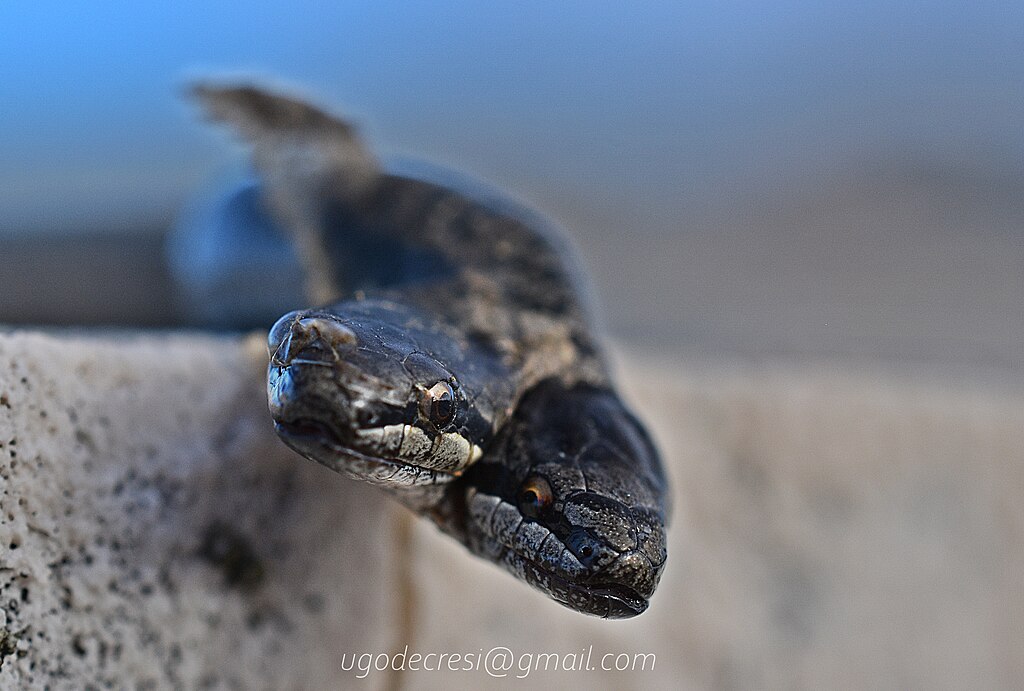
The shedding process is highly influenced by environmental conditions, with humidity playing perhaps the most crucial role in determining shedding success. Insufficient environmental moisture often results in incomplete sheds, where patches of old skin remain attached—a condition that can lead to serious health complications if not addressed. Temperature also significantly impacts shedding frequency and efficiency, with warmer conditions generally accelerating the metabolic processes that drive the shedding cycle. Seasonal changes trigger shedding patterns in many species, with increased activity and shedding typically occurring during warmer months in temperate climates. Additionally, the availability of appropriate environmental textures, such as rocks, branches, or other rough surfaces, is essential for snakes to successfully initiate and complete the mechanical aspects of the shedding process, demonstrating how deeply snake physiology is connected to habitat characteristics.
Incomplete Sheds and Health Implications
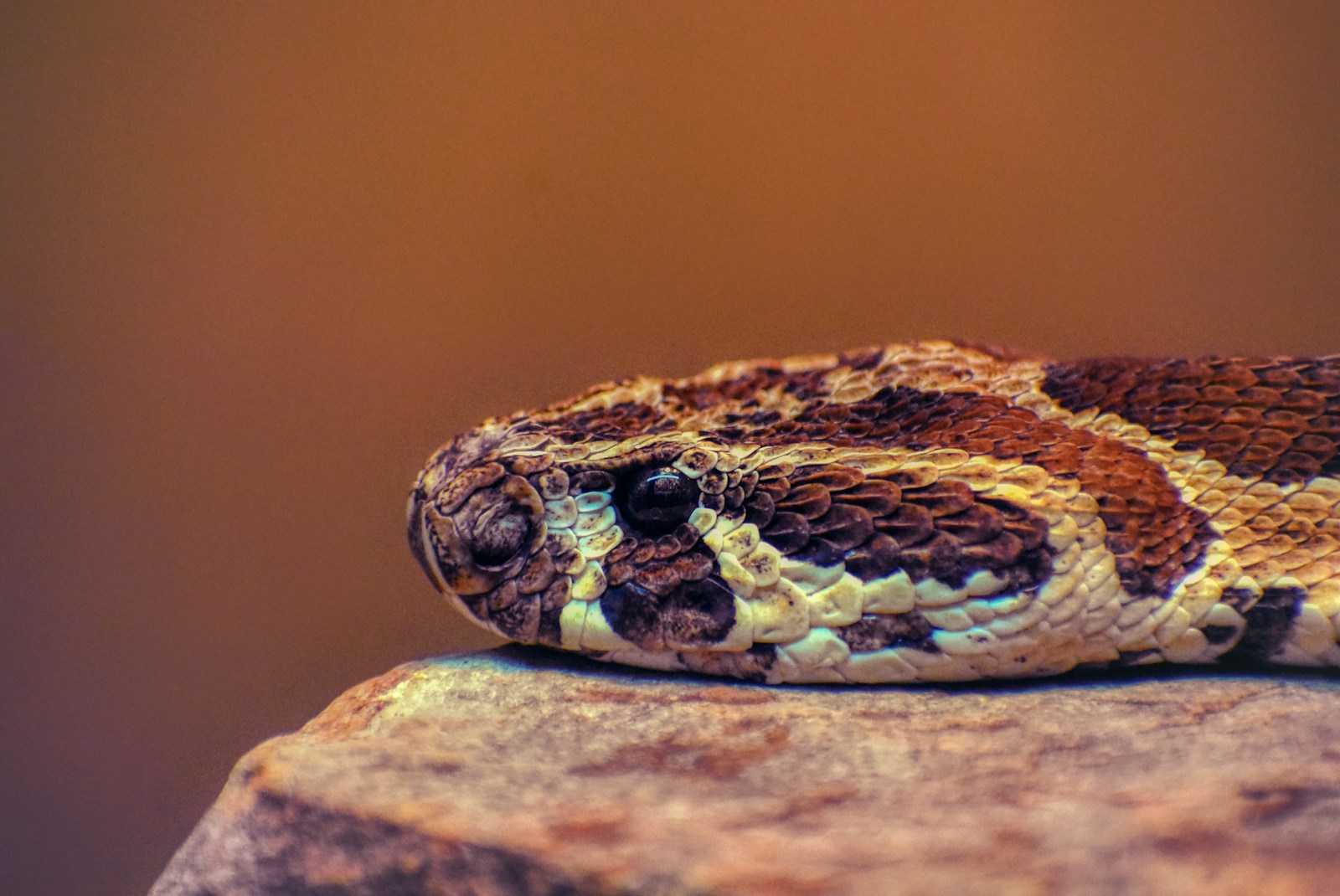
When the shedding process fails to complete properly—a condition herpetologists call dysecdysis—serious health complications can arise that threaten a snake’s well-being. Retained eye caps (unshed spectacles) can impair vision permanently if not removed, eventually leading to infections or eye damage. Retained skin around the tail tip can cause constriction as the snake grows, potentially resulting in necrosis of the tail extremity if circulation is severely compromised. Perhaps most dangerous are circumferential retained sheds around the body, which can act like constrictive bands, impeding blood flow and causing tissue death in severe cases. Dysecdysis often indicates underlying health issues such as mite infestations, respiratory infections, nutritional deficiencies, or improper environmental conditions—making it both a symptom of poor health and a cause of further complications if not addressed promptly. For captive snakes, intervention through proper humidity management or assisted removal by an experienced herpetoculturist or veterinarian may be necessary to prevent these serious consequences.
Chemical Signaling and Pheromone Release
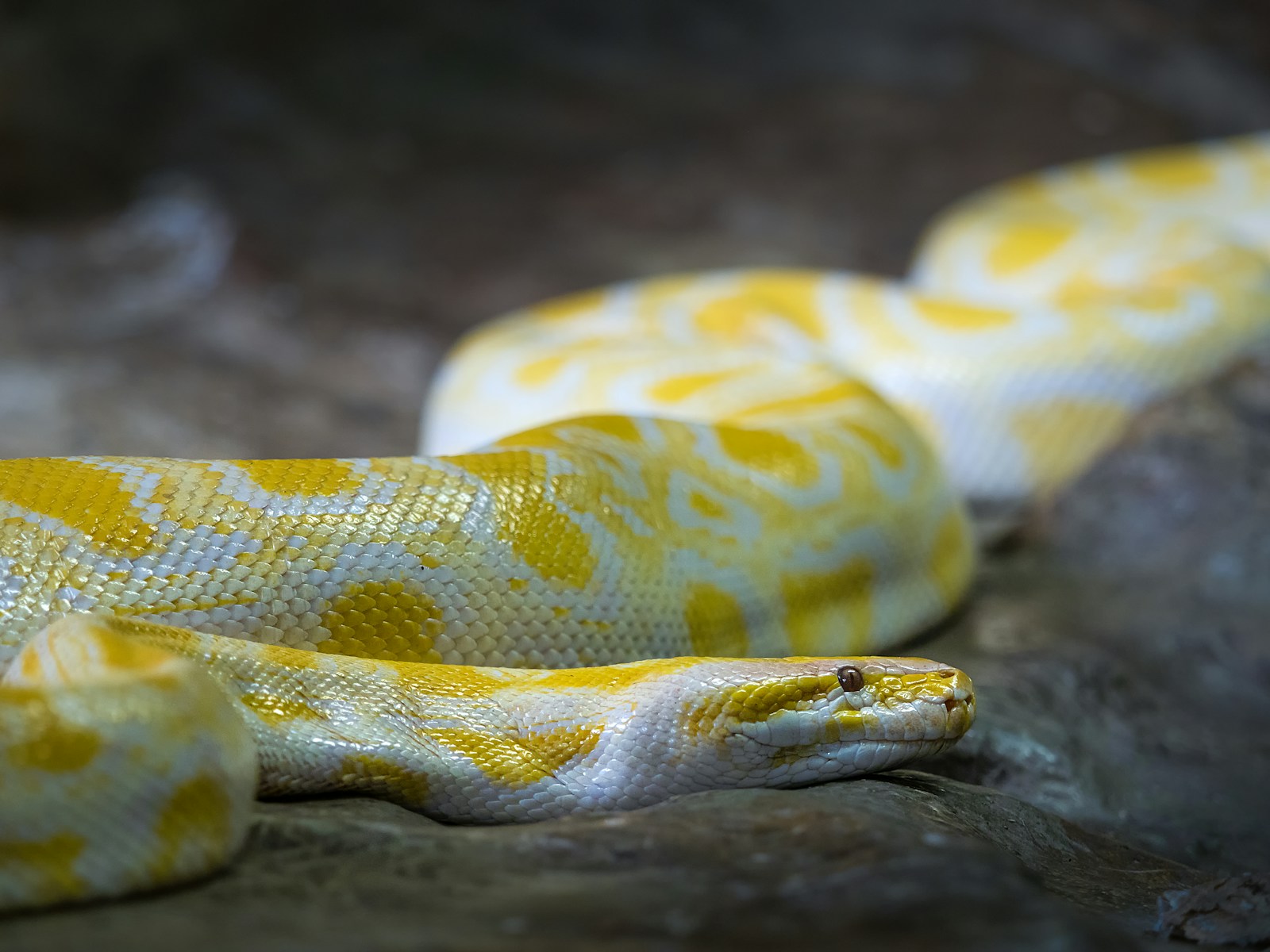
The shedding process represents a significant shift in a snake’s chemical signaling profile, with important implications for intraspecific communication. Research has demonstrated that newly shed skin carries different pheromonal signatures than pre-shed skin, potentially influencing mate recognition and reproductive behaviors. In many species, males show increased courtship behaviors toward females that have recently shed, suggesting that ecdysis may play a role in synchronizing reproductive activities within populations. Additionally, the shed skin itself retains chemical compounds that can convey information about the individual snake’s identity, sex, and reproductive status to conspecifics that encounter it. This chemical communication aspect of shedding represents an elegant example of how snakes have evolved to utilize a necessary physiological process for multiple adaptive purposes—in this case, turning a growth mechanism into an opportunity for chemical signaling that facilitates social and reproductive interactions in these seemingly solitary creatures.
Shedding Frequency Across Different Species
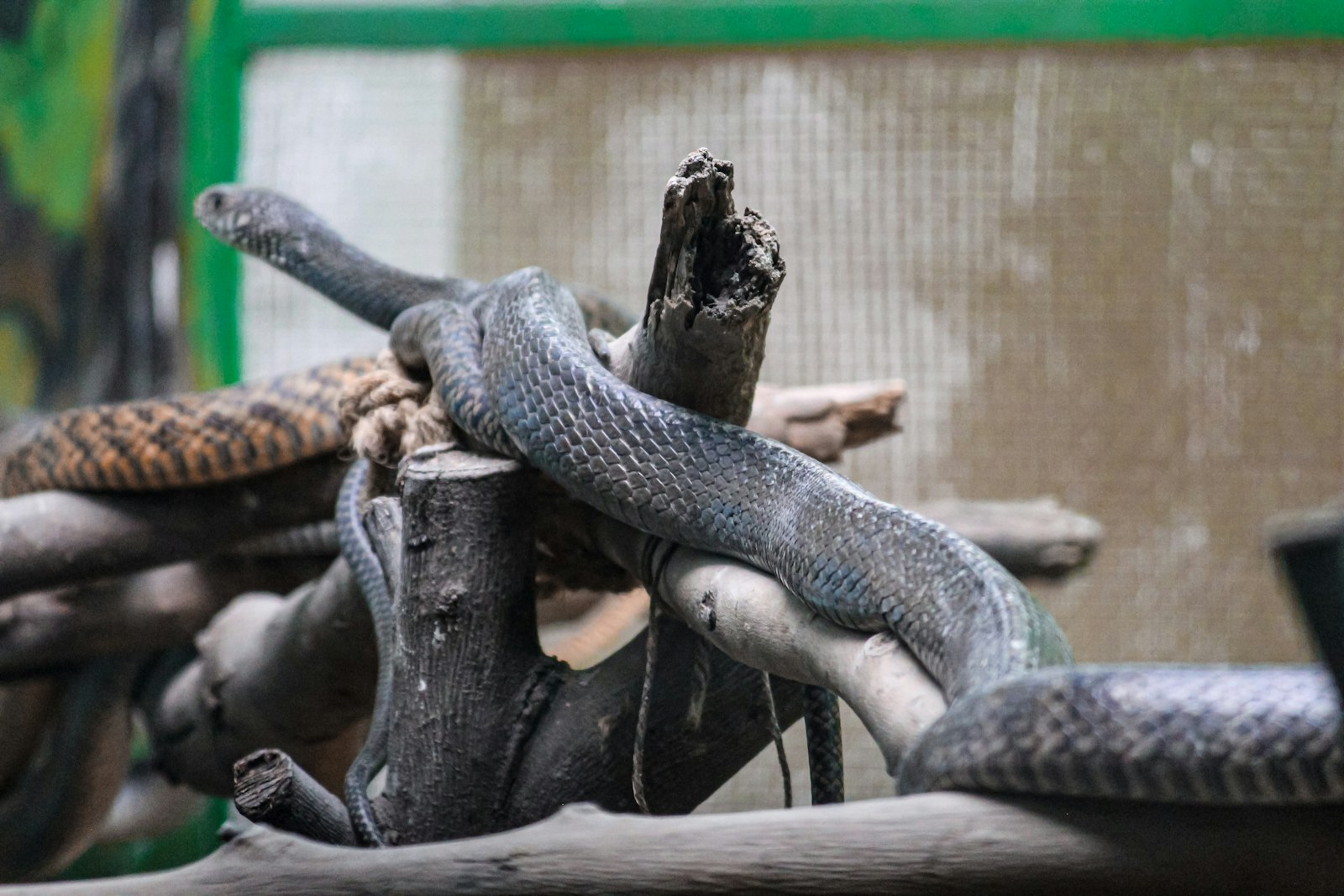
The frequency of shedding varies dramatically across the approximately 3,900 species of snakes, reflecting diverse evolutionary adaptations to different ecological niches. Fast-growing juvenile pythons and boas may shed every few weeks during their rapid growth phases, while large adult specimens of the same species might shed only 2-4 times annually once their growth rate plateaus. Smaller species like garter snakes typically shed more frequently than larger constrictors, with some diminutive species maintaining relatively high shedding rates throughout their lives. Desert-adapted species often exhibit shedding patterns timed to coincide with seasonal rainfall patterns that provide optimal humidity for successful ecdysis. Remarkably, some arboreal species like certain tree boas have evolved specialized shedding behaviors where they hang in distinctive postures that facilitate the mechanical aspects of shedding while reducing the risk of falling during this vulnerable period, demonstrating how deeply shedding behaviors are integrated with overall ecological adaptations.
Defensive Behavior Changes During Shedding
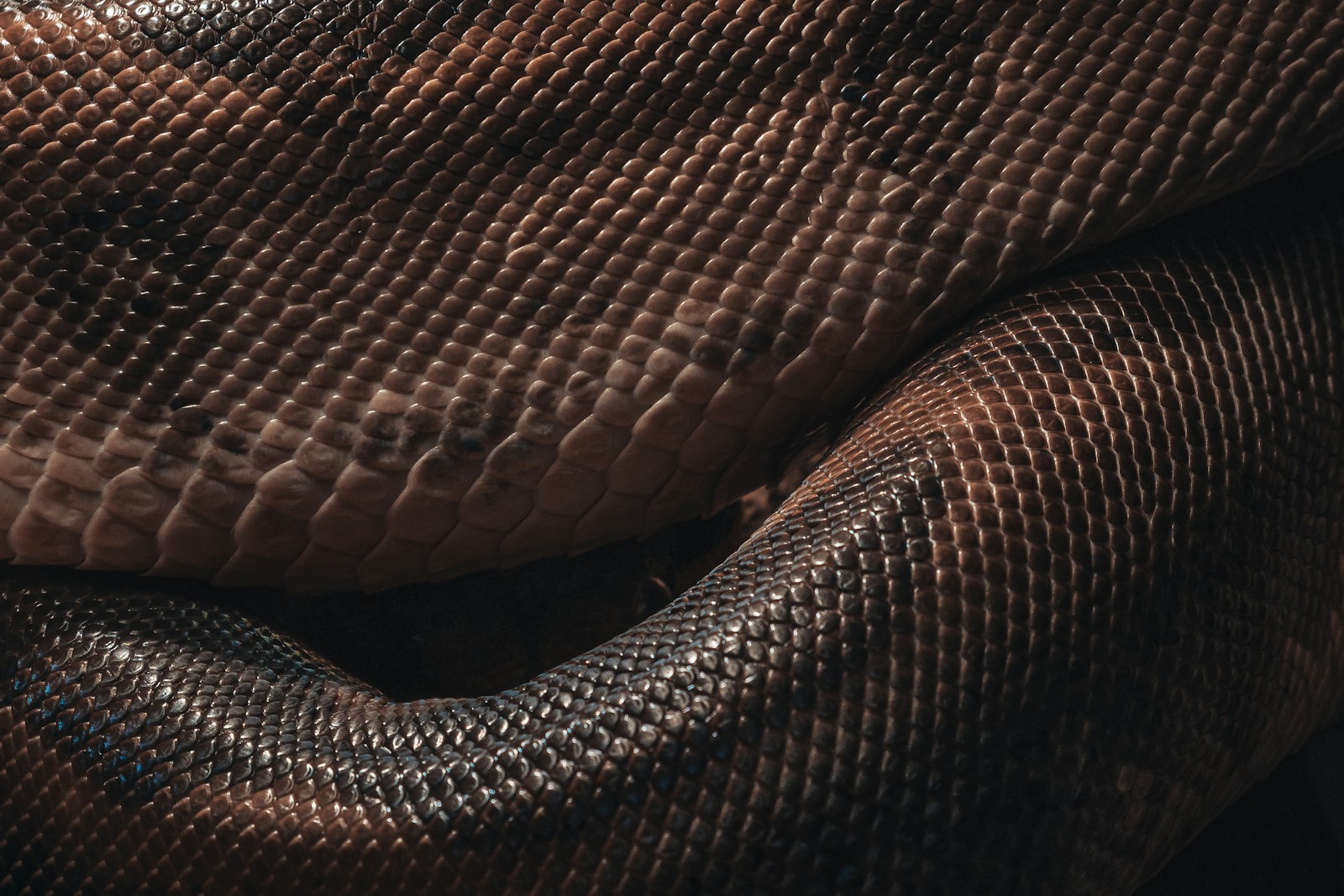
During the vulnerable shedding period, many snake species display significant alterations in their defensive repertoires that compensate for their compromised sensory capabilities. Typically docile species may become uncharacteristically aggressive, striking more readily when disturbed as they cannot clearly assess threats due to impaired vision. Venomous species like rattlesnakes often increase rattling behavior during pre-shed periods, relying more heavily on warning signals rather than escape behaviors that might be compromised by reduced visual acuity. Many species adopt more cryptic postures and seek out secure microhabitats where they remain motionless for extended periods, relying on camouflage rather than flight as a primary defense strategy. These behavioral adaptations represent sophisticated compensatory mechanisms that have evolved to minimize predation risk during periods when snakes are at their most vulnerable, illustrating the complex interplay between physiology and behavior in these remarkable reptiles.
Captive Care Considerations for Shedding Snakes

Providing appropriate conditions for successful shedding is one of the most critical aspects of responsible snake husbandry in captivity. Keepers must offer a humidity gradient with a designated “humid hide” containing moisture-retaining substrate that allows the snake to regulate its exposure to humidity as needed during the shedding process. Appropriate cage furnishings with varied textures—including rough surfaces like cork bark or appropriately sized branches—are essential to help snakes initiate and complete the mechanical aspects of shedding. Many experienced keepers recommend minimizing handling during the pre-shed period to reduce stress and decrease the likelihood of incomplete sheds. Additionally, maintaining proper nutrition and hydration throughout the snake’s life, not just during shedding periods, is fundamental for developing the healthy skin layers and necessary bodily resources that facilitate successful ecdysis. When these conditions are properly managed, captive snakes typically shed as effectively as their wild counterparts, often providing keepers with perfect shed skins that reveal the intricate beauty of their scale patterns.
Evolutionary Significance of Complete Shedding

The evolution of complete skin shedding represents one of the most significant adaptations in reptilian history, contributing substantially to snakes’ remarkable evolutionary success. This adaptation first emerged in ancestral reptiles but was refined to its highest degree in snakes, allowing for continuous growth throughout their lives without the constraints faced by organisms with more rigid external structures. The complete renewal of the outer surface provides an evolutionary advantage in parasite resistance, as regular shedding removes external parasites like mites before they can establish permanent infestations. Furthermore, the ability to regenerate damaged scales through the shedding process gives snakes remarkable resilience against superficial injuries that might permanently scar other animals. Perhaps most significantly, the evolution of spectacle scales that are shed along with the rest of the skin allows for eye protection without eyelids—a critical adaptation that enabled the head modifications necessary for snakes’ distinctive feeding mechanisms involving extremely expandable jaws, demonstrating how the shedding process is intertwined with virtually all aspects of snake biology and evolutionary history.
Utilizing Shed Skins in Scientific Research
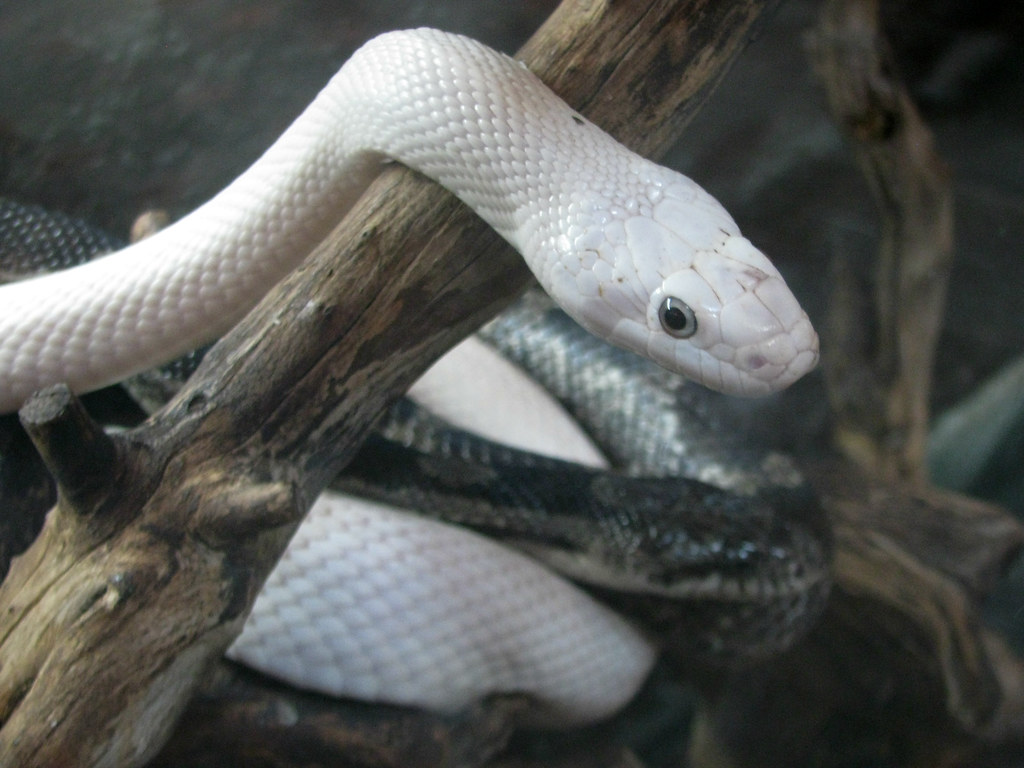
Shed snake skins have become valuable scientific specimens that provide researchers with non-invasive means to study numerous aspects of snake biology. DNA extraction from shed skins allows for genetic studies and population monitoring without needing to capture or disturb the animals themselves, making this approach particularly valuable for research on rare or endangered species. Toxinologists study shed skins from venomous species to examine venom gland development and the microstructures associated with venom delivery systems. The precise scale patterns preserved in shed skins serve as natural “fingerprints” that allow researchers to identify individual snakes in long-term ecological studies, tracking their growth and movements through successive sheds. Additionally, chemical analysis of compounds present in shed skins provides insights into environmental contaminant exposure, potential disease biomarkers, and physiological stress indicators, transforming what might seem like discarded biological material into a treasure trove of scientific data that advances our understanding of these remarkable reptiles and their ecosystems.
The intricate process of snake shedding represents far more than simply discarding old skin—it embodies a sophisticated biological system that touches upon nearly every aspect of a snake’s life. From the physiological mechanisms that separate old skin from new to the complex behavioral adaptations that protect snakes during their most vulnerable periods, ecdysis demonstrates the remarkable evolutionary refinements that have made snakes such successful organisms across diverse habitats worldwide. Understanding this process not only satisfies scientific curiosity but also improves our ability to properly care for captive specimens and appreciate the complex lives of wild snakes. As research continues to reveal new details about this fascinating biological phenomenon, our appreciation grows for how this seemingly simple act of renewal represents one of nature’s most elegant solutions to the challenges of reptilian life—a perfect example of how evolution has crafted intricate processes that enable these limbless reptiles to thrive across six continents and countless ecological niches.

